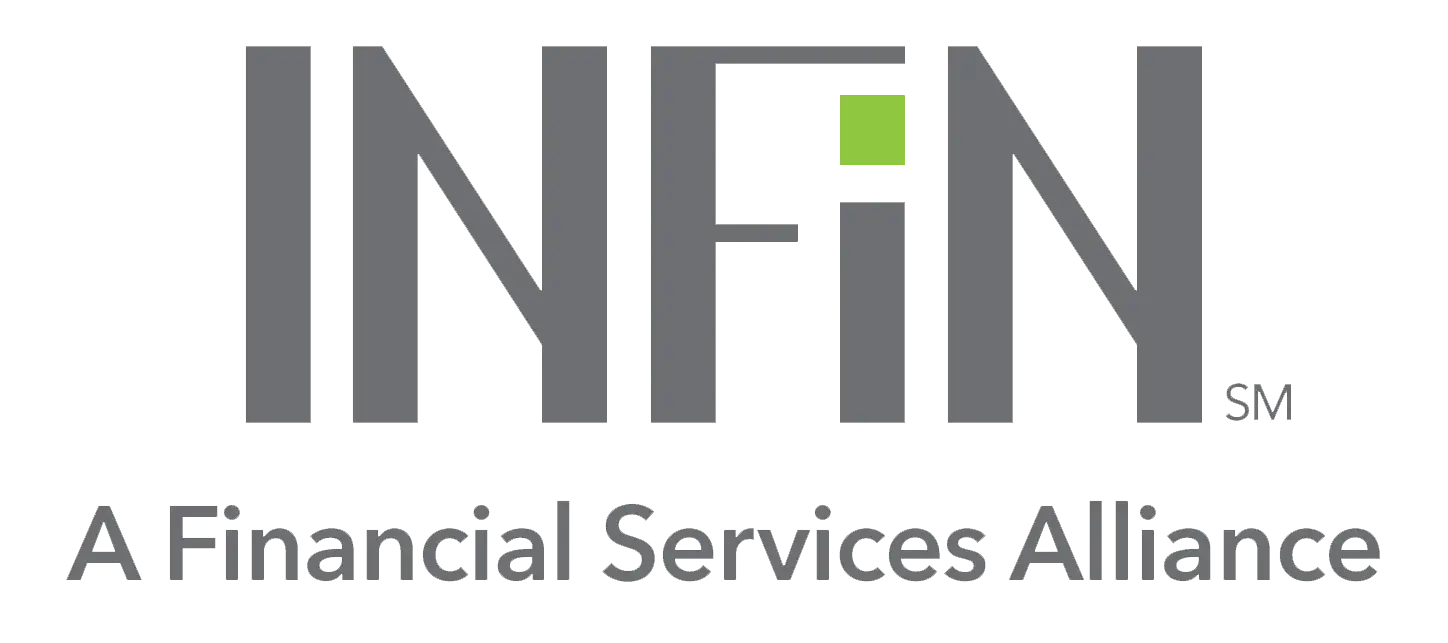The Best Way to Track Your Savings

When it comes to saving money, it’s important to set goals and milestones to stay on track. Today, we are going to be looking at some ways you can set yours. In the end, setting goals can help you stay on track. Let’s take a look at some short, long, and even midrange financial goals:
Set Immediate Goals
When you’re first starting, it’s helpful to set small goals that you can achieve quickly. This will help keep you motivated and give you a sense of accomplishment while working towards larger goals.
One example of an immediate goal you can set is saving $100 dollars in the next month. Other goals might include cutting back on expenses by $50 per week or investing an amount per month into a retirement account. These smaller victory can help you work towards larger ones.
Set Midterm Goals
Once you’ve achieved some short-term goals, it’s time to start thinking about longer-term objectives. These include saving for a down payment on a house, saving for a car, or setting aside money for retirement. It’s important to ensure your midterm goals are realistic and achievable. Otherwise, you might become discouraged and give up altogether.
Set Long-Term Goals
Finally, once you’ve accomplished your midterm objectives, it’s time to think about the ultimate goal–financial independence!
This could mean retiring early or even just having a more comfortable lifestyle. Whatever your goals, make sure they are something you are passionate about, since it will take a lot of hard work and dedication.
Set Milestones
Besides setting specific savings goals, it’s also important to create milestones to track your progress. Celebrating every little victory can help you stay determined along the way. Here are some tips on how to track your financial milestones:
1) Make sure your milestones are specific and measurable. For example, rather than saying, “I want to save $1,000 by the end of the year, say you will save $250 by the end of Q1. This will help ensure that you’re making progress toward your milestone.
2) Use a budgeting tool. There are many different budgeting tools available, such as Mint. Mint is an online platform that allows users to track their spending habits over time. It also sets budget limits for categories such as groceries and entertainment. Seeing where your money is going each month can be helpful in terms of identifying areas where you can cut back and start saving.
3) Create visual aids, whether a simple chart or an elaborate spreadsheet. Creating a visual representation of your savings progress can motivate you and keep you accountable.
Tracking your savings is an essential part of financial planning. It helps you stay on track with your financial goals and maintain a healthy bank account. Saving money helps you pay off debt, buy a house, or even build an emergency fund. Plus, tracking your savings encourages you to save more and spend less. This is an ongoing process, but in the end, it can benefit you so much in the future. With these tips in mind, you’ll be on your way toward reaching your financial dreams!
Get Money with Advance Financial
If you need extra cash, you can always apply for a line of credit with Advance Financial. Apply online or in one of our Tennessee stores for funds up to $4000. This is a revolving form of credit, so it’s available whenever needed. Come in today and experience our world-class customer service while getting the cash you need today.*
Bank Participation Required*




